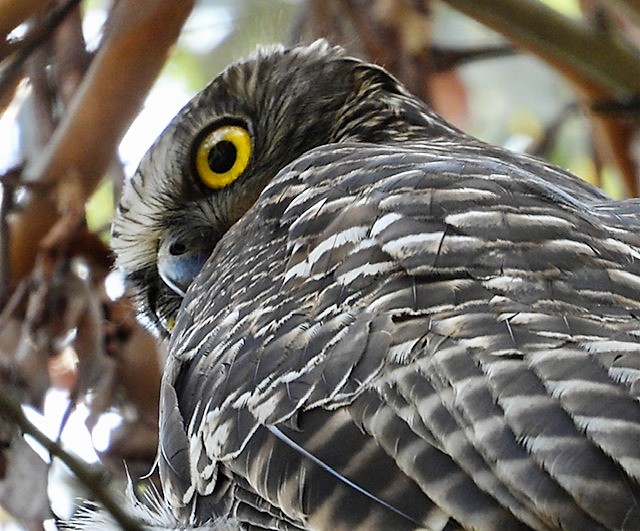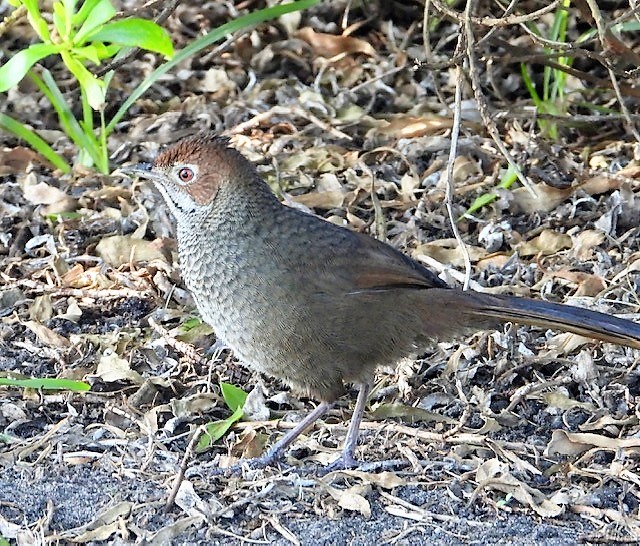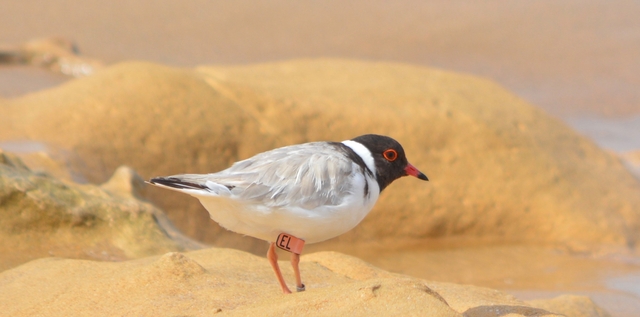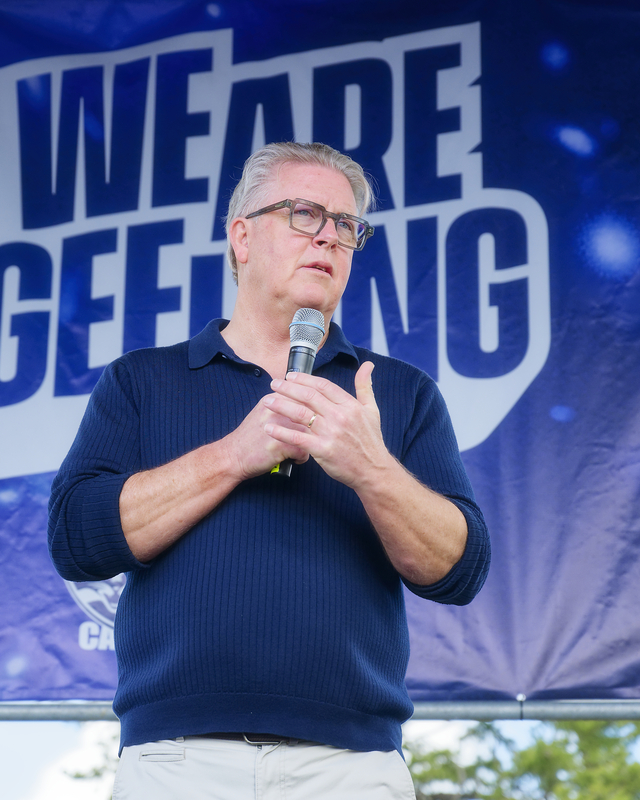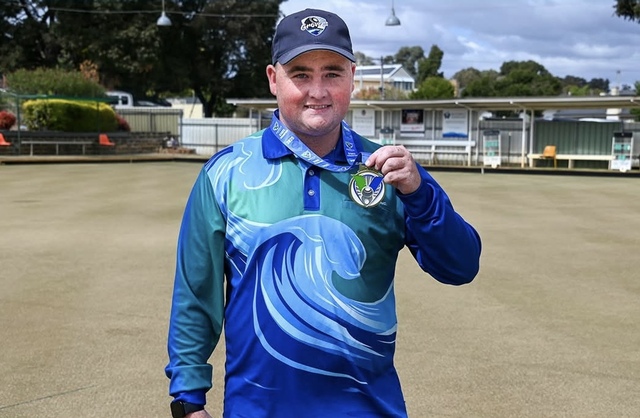For once, unlike what often happens in nature, I am hoping for a feline victory over the bird variety in the AFL grand final.
I hope the mighty Cats get the job done over the Sydney Swans.
Once again, it’s been busy from my end and I haven’t had much time to look around the Bellarine.
I attended a hooded plover volunteer evening and found out that there are a few hooded plover and red-capped plover nests in the dunes along the local beaches.
The hooded plover is critically endangered in NSW and vulnerable in Victoria, with approximately 550 existing in Victoria.
From August to April each year these birds try to raise their chicks on our beaches, but struggle to do so due to the impacts from people and dogs.
The Friends of the Bellarine Hooded Plover and Barwon Coast work in partnership with BirdLife Australia to provide some protection for these vulnerable birds.
Please control dogs in the areas where signsare placed on the beach as the signs mean that chicks are around. Thanks so much.
I’ve spotted a few newly fledged raptors over the past few weeks, including a brown falcon at the end of Moller’s Lane in Leopold, and a black-shouldered Kite at Connewarre.
If conditions for breeding are favourable, in that water and food is abundant, birds can breed during the winter months in Australia, which is obviously what has happened around the Bellarine this winter.
Having said that Tom Fletcher always tells me that black-shouldered kites normally breed in the winter months.
The tawny frogmouth pair that I have been observing for several years in Ocean Grove are sitting on a nest. This pair have nested on the same tree branch for years, but interestingly this year have picked a different spot which is one branch higher than the usual location.
Why they have moved their nest after many years in the one position is anyone’s guess, but it’s great to see them back again.
On the subject of the breeding season, I received an email from Carole, who observed that human parents tear their hair out with a couple of children, but she saw a wood duck family with 16 hatchlings in the Barwon River.
In another email Carole reported about a Bellarine Birdlife outing to Distillery Creek and Aireys Inlet, where the group saw 52 species.
The highlights were rufous bristlebirds, tawny frogmouths, a powerful owl, spotted pardalotes, eastern yellow robins and lots of white-fronted treecreepers.
I received an email from Andrew, who sent me a photo of a spiny-cheeked honeyeater that was one of several of these birds that were feeding on gum blossoms at the south end of Bramwell St in Ocean Grove. These honeyeaters are smaller than red wattlebirds and little wattlebirds but are quite similar in plumage and less commonly seen on the Bellarine than the wattlebirds.
Andrew also saw a Caspian tern flying around the shoreline at 13W.
Tom Fletcher and Angus Hartshorn went to Western Treatment Plant a few weeks ago and saw an all-time low of 67 species. I wonder where all the birds were hiding that day?

